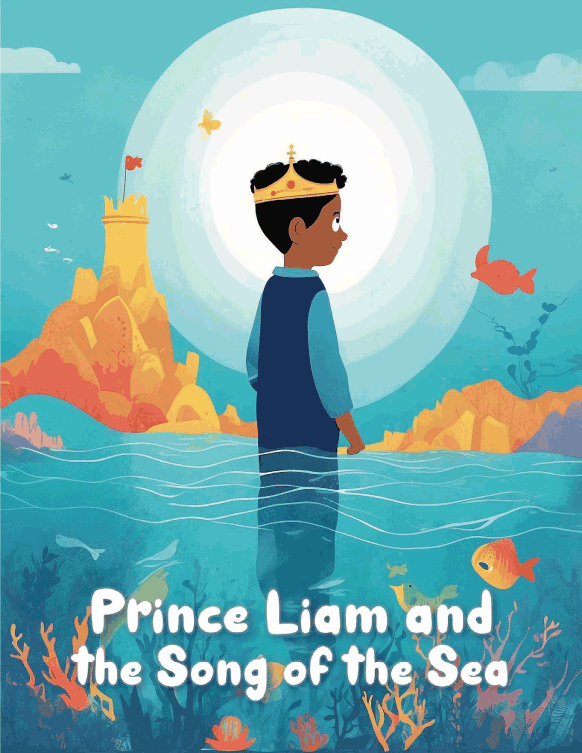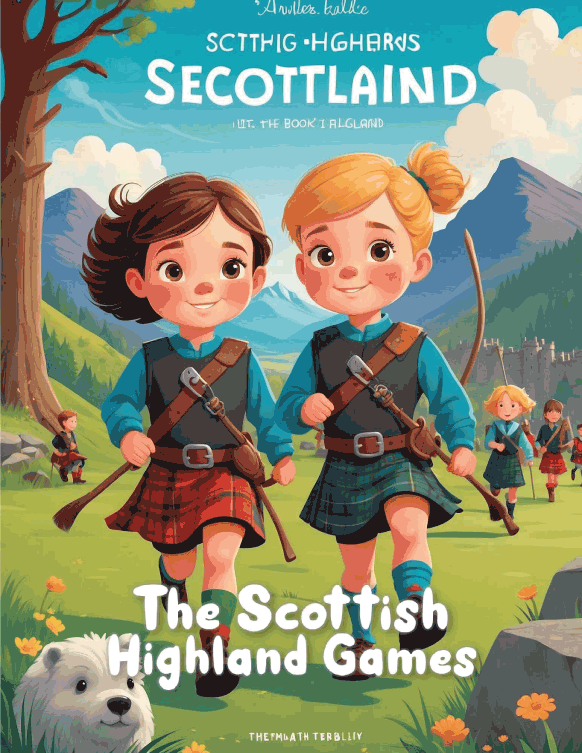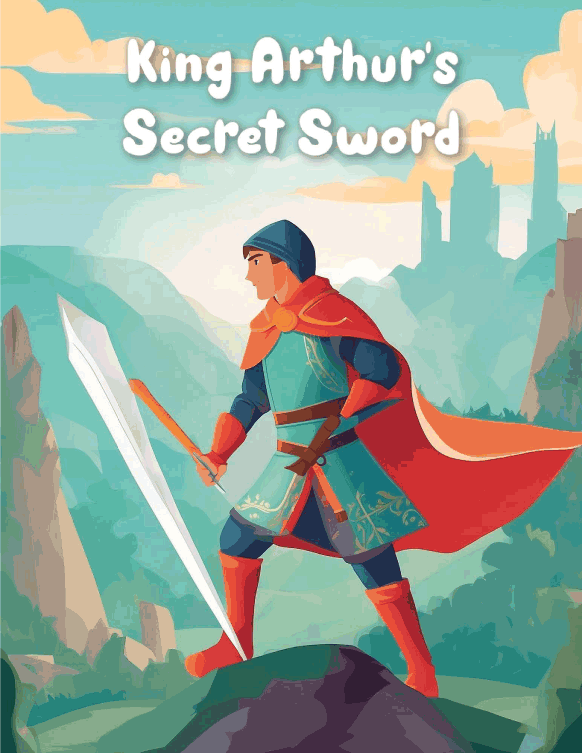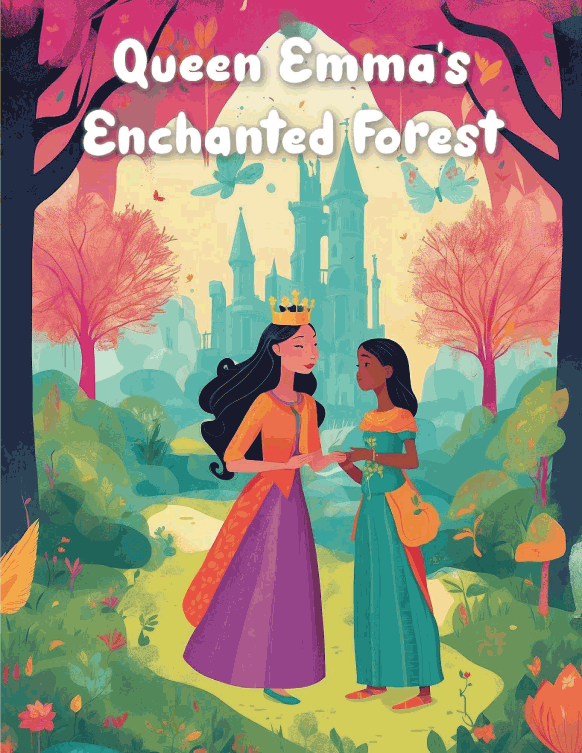Table of contents
Short Stories for Preschoolers: Quick, Fun Reads for Busy Parents begins with understanding why brief, engaging narratives matter so much in early childhood. In a world where families balance work, routines, and an ever-growing list of commitments, carving out meaningful moments with young children can be challenging. Well-crafted stories for preschoolers offer an accessible, valuable solution: they deliver joy, connection, and early literacy support in just a few minutes. These compact tales can be read anytime—before bed, during transitions, or as a calming break—giving parents and caregivers reliable tools to nurture children’s learning and emotional well-being even on the busiest days.
This article explores the benefits of short stories, the essential elements that make them effective, and practical strategies for choosing and using them. It also includes curated examples, tips for integrating storytelling into daily schedules, and guidance for parents and teachers who want to enhance early literacy through simple, enjoyable routines.

Why Short Stories Matter for Young Children
Supporting Early Literacy Development
Short narrative formats are ideal for building early literacy because they expose children to language patterns, vocabulary, and story structure without overwhelming attention spans. When young learners encounter stories for preschoolers that are brief and clear, they can more easily follow events, identify characters, and predict simple outcomes. These cognitive processes strengthen reading readiness.
Encouraging Predictability and Confidence
Preschool-age children thrive on repetition and predictability. Short stories are more likely to be reread multiple times, allowing children to remember sequences, anticipate dialogue, and participate. This repetition builds confidence, which is crucial for early learners developing foundational comprehension skills.
Making Quality Time Possible for Busy Families
Parents often want to read but cannot commit to lengthy books. Short, well-structured stories for preschoolers allow families to maintain consistency with literacy routines. Even five minutes of shared reading supports bonding, emotional regulation, and positive behavior patterns.
Key Characteristics of High-Quality Stories for Preschoolers
Simple but Engaging Plotlines
The best short stories for preschoolers feature clear narratives with minimal characters and straightforward conflicts. A child should be able to identify the beginning, middle, and end without needing lengthy explanations.
Age-Appropriate Language
Language should be vivid but accessible. High-quality stories for preschoolers rely on familiar vocabulary while introducing a few new terms to expand understanding. Rhyme, repetition, and rhythm also enhance engagement.
Relatable Characters and Themes
Preschoolers connect best with characters who mirror their world—animals, family members, friendly creatures, or peers experiencing familiar milestones. Themes such as sharing, emotions, curiosity, and exploration resonate deeply.
Illustrations That Reinforce Understanding
Although this article focuses on the narrative component, illustrations are essential. Images help children decode meaning, connect events, and stay invested. For many young readers, visuals act as storytelling partners.

Benefits for Parents and Caregivers
Strengthening Parent-Child Bonds
Reading short stories for preschoolers encourages emotional closeness. Physical proximity, shared laughter, and curiosity about characters help strengthen relationships. For busy parents, these micro-moments of connection accumulate meaningful emotional impact.
Reducing Screen Time Reliance
Many caregivers rely on screens during hectic times. Short stories offer a practical, enriching alternative that can be delivered anywhere—waiting rooms, car rides, or transitional moments throughout the day.
Supporting Behavioral Regulation
Children often respond well to structure. A quick story can help transition from energetic play to quiet time, or from chaos to calm. Using predictable stories for transitions helps children manage emotions and expectations.
Types of Short Stories for Preschoolers That Work Well
Everyday Adventure Stories
These tales follow simple adventures—visiting the park, caring for a pet, or discovering a new food. Everyday adventure stories for preschoolers help children see excitement in daily experiences.
Animal Tales
Animal stories are timeless and easily adaptable. Friendly animal characters allow children to explore emotions, solve problems, and learn lessons through imaginative but accessible scenarios.
Rhythm and Rhyme Stories
Short rhythmic or rhyming stories are ideal for developing phonological awareness. Repetitive structures help children identify sounds, anticipate patterns, and participate actively.
Moral and Social-Emotional Stories
Many short stories for preschoolers teach kindness, empathy, patience, sharing, or resilience. These are especially valuable for families seeking simple ways to reinforce social-emotional learning.
Humor-Driven Stories
Preschoolers love silliness. Lighthearted stories filled with playful language, unexpected twists, or funny characters keep young readers engaged and encourage a positive relationship with reading.

How to Choose the Right Short Stories for Your Child
Consider the Child’s Interests
Observe what excites your child: animals, vehicles, nature, pretend play, or routines. Selecting stories for preschoolers that align with personal interests increases engagement and encourages deeper comprehension.
Gauge Their Attention Span
Some children can focus for longer periods than others. Begin with very short stories and gradually increase complexity as the child demonstrates readiness.
Look for Opportunities to Build Skills
If a child is working on identifying emotions, choose stories emphasizing feelings. If building vocabulary is a priority, select texts with rich but concise language. Short stories for preschoolers can be tailored to numerous developmental goals.
Diversify Story Types
A healthy mix of humorous, emotional, educational, and adventurous stories keeps reading fresh and helps children visualize different forms of storytelling.
Integrating Short Stories into Daily Routines
Make Reading Predictable
Establish a regular time each day dedicated to reading, even if just five minutes. Routines help children anticipate and look forward to reading. Morning, bedtime, or meal transitions are all ideal windows for quick stories for preschoolers.
Keep Books Accessible
Place baskets or shelves of books within reach. Children are more likely to request a story when they can see and select a favorite.
Encourage Participation
Ask questions, point to pictures, and invite predictions. Participation deepens comprehension and strengthens narrative memory. Short stories for preschoolers are especially suited to interactive reading because they are simple and easy to follow.
Use Stories During Transitions
Whether waiting for dinner, getting ready for bath time, or winding down after play, transitions are perfect opportunities for brief storytelling.

Sample Short Story Concepts for Inspiration
The Little Cloud That Wanted to Paint
A tiny cloud travels across the sky discovering that each place gives her a different color—blue from the sea, green from forests, and yellow from the sun. Children learn about colors and natural wonders.
Benny the Bear’s Big Hello
A friendly bear wants to greet all his forest friends but keeps forgetting their names. Through this humorous problem, children explore memory and social interaction, perfect for families who love cheerful stories for preschoolers.
The Missing Shoe Mystery
A preschooler searches the house for a missing shoe, discovering small surprises in every room. This everyday adventure helps children understand sequencing and problem-solving.
The Giggle Tree
Every time an animal sits under the Giggle Tree, it bursts into laughter. Children learn about joy, friendship, and curiosity while enjoying a fun twist.
Tips for Writing Your Own Short Stories for Preschoolers
Start with a Simple Goal
Determine whether you want to focus on humor, problem-solving, emotions, or imagination. Clear direction helps shape tight, effective narratives.
Use Repetition and Rhythm
Repetition strengthens memory. Many successful stories for preschoolers rely on recurring phrases that invite participation.
Keep Sentences Short
Concise structure helps children understand plot movement without confusion.
Incorporate Relatable Challenges
Simple conflicts—like losing a toy or feeling impatient—allow young children to see themselves in the story.
Test the Story Out Loud
Hearing the flow helps ensure pacing, clarity, and engagement. Preschool stories should sound smooth, musical, and inviting.
Top Childrens Storybook Picks That Spark Imagination and Early Literacy

Common Mistakes to Avoid
Overcomplicating Storylines
Too many characters or conflicting events can overwhelm young listeners.
Using Vocabulary Far Above Their Level
While introducing a handful of new words is beneficial, consistently complex language can disrupt understanding.
Relying Solely on Moral Lessons
Stories should entertain first. Lessons should feel natural and integrated.
Making Stories Too Long
Preschoolers disengage quickly. Short, clear stories for preschoolers deliver greater impact in a briefer format.
Why These Stories Support Long-Term Learning
Short, engaging narratives do more than entertain. They lay the foundation for vocabulary development, early comprehension, sentence structure familiarity, and narrative sequencing. Children exposed to abundant stories for preschoolers tend to show stronger early literacy skills, improved emotional expression, and greater enthusiasm for books when they enter school. The combination of brevity, clarity, and charm makes these stories especially effective for long-term learning.
Conclusion:
Short, compelling stories for preschoolers give parents, teachers, and caregivers a practical, enjoyable way to nurture early literacy in even the busiest households. These narratives help establish consistent reading routines, support emotional bonds, and create memorable shared experiences. By choosing well-crafted stories, integrating them into daily life, and exploring a diverse mix of themes and tones, families can make reading both accessible and meaningful. Quick stories may last only a few minutes, but their impact resonates long after the final page is turned.
🌟 Here are 5 wonderful stories your child will love! 🌟